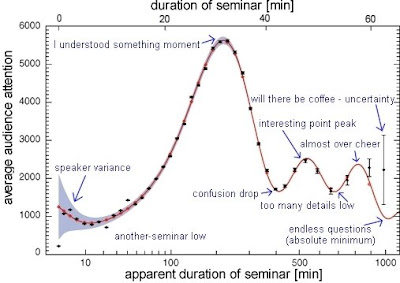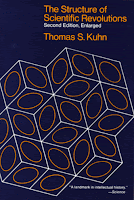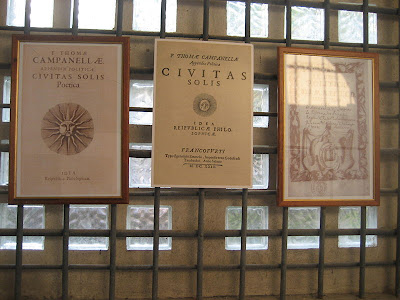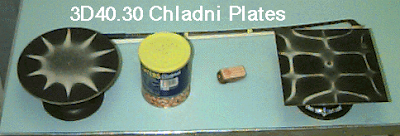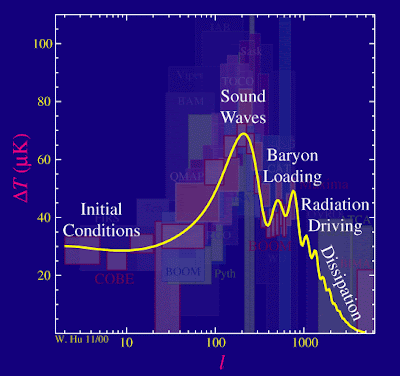I suppose the body to be nothing but a statue or machine made of earth, which God forms with the explicit intention of making it as much as possible like us”Descartes' Views on the Pineal Gland
 (click on image for larger version)
(click on image for larger version)Computationally, how is it that the world can see information in this way and not think the basis of the economy cannot be thought "subjective" from a developmental robotic point of view?(the design of this information transfer does not currently exist)
You see, how instantaneously a virus could over take all areas of research to have it do the bidding of those that know well the resource needed to manipulate, is the resource monetarily that is readily available to them. How appealing such imagery to have it planted in the mind and explode with all it's meaning?
I do not have to tell you what that is.
 Figure 5. The Worm According to Mondino (view from above). In this view of the brain from above, the label “worm” (“vermis”) is applied to the choroid plexus in the lateral and third ventricles, just as in Mondino's Anothomia (Berengario da Carpi 1530, fol. O3r).
Figure 5. The Worm According to Mondino (view from above). In this view of the brain from above, the label “worm” (“vermis”) is applied to the choroid plexus in the lateral and third ventricles, just as in Mondino's Anothomia (Berengario da Carpi 1530, fol. O3r).So this is more the idea that the energy of the sun can be transformed in that "energy of leaves" and how is it fluidity passed through out the whole system(the tree) if one did not understand the "cloud of thinking and body of thought" can enforce endocrinology to do the masters bidding?
Most certainly I do not want anyone to think this is a "Pseudo-Science" that one can apply to an Illuminate, and think this is what such a body of thought here is assigned to in that body of thought that a secret society works with below the radar.
It is a legitimate question about how wo/men think that the body is a machine, and how it's functions can exist as "apart from the the mind" as it breathes according to it's own plan? A robotic structure, that given the right programing and theory will apply the logic accordingly without the passions and emotions of human beings. A some how highly recognized version of the masses being worked b such simplistic switches which have been supplanted by the neuronal switch the robot had been designed with.
 See:When It Comes to Photosynthesis, Plants Perform Quantum Computation
See:When It Comes to Photosynthesis, Plants Perform Quantum ComputationPlants soak up some of the 1017 joules of solar energy that bathe Earth each second, harvesting as much as 95 percent of it from the light they absorb. The transformation of sunlight into carbohydrates takes place in one million billionths of a second, preventing much of that energy from dissipating as heat. But exactly how plants manage this nearly instantaneous trick has remained elusive. Now biophysicists at the University of California, Berkeley, have shown that plants use the basic principle of quantum computing—the exploration of a multiplicity of different answers at the same time—to achieve near-perfect efficiency.
Biophysicist Gregory Engel and his colleagues cooled a green sulfur bacterium—Chlorobium tepidum, one of the oldest photosynthesizers on the planet—to 77 kelvins [–321 degrees Fahrenheit] and then pulsed it with extremely short bursts of laser light. By manipulating these pulses, the researchers could track the flow of energy through the bacterium's photosynthetic system. "We always thought of it as hopping through the system, the same way that you or I might run through a maze of bushes," Engel explains. "But, instead of coming to an intersection and going left or right, it can actually go in both directions at once and explore many different paths most efficiently."
In other words, plants are employing the basic principles of quantum mechanics to transfer energy from chromophore (photosynthetic molecule) to chromophore until it reaches the so-called reaction center where photosynthesis, as it is classically defined, takes place. The particles of energy are behaving like waves. "We see very strong evidence for a wavelike motion of energy through these photosynthetic complexes," Engel says. The results appear in the current issue of Nature.QUANTUM CHLOROPHYLL: Sunlight triggers wave-like motion in green chlorophyll, embedded in a protein structure, depicted in gray here, that guides its function. GREGORY ENGEL
Employing this process allows the near-perfect efficiency of plants in harvesting energy from sunlight and is likely to be used by all of them, Engel says. It might also be copied usefully by researchers attempting to create artificial photosynthesis, such as that in photovoltaic cells for generating electricity. "This can be a much more efficient energy transfer than a classical hopping one," Engel says. "Exactly how to implement that is a very difficult question."
It also remains unclear exactly how a plant's structure permits this quantum effect to take place. "[The protein structure] of the plant has to be tuned to allow transfer among chromophores but not to allow transfers into [heat]," Engel says. "How that tuning works and how it is controlled, we don't know." Inside every spring leaf is a system capable of performing a speedy and efficient quantum computation, and therein lies the key to much of the energy on Earth.
So the question is then raised. Who is the Master that sends the messages to the body of thoughts which governs and disseminates information accordingly to a world view? Is it that "one foot soldier" who takes his order unquestionably and supplants his choice for a product in the future according to the description of the government which holds office, and seeks to implement there own plan to deal with the economy in a way that is most suitable to a "consumerism by their design" which shall over see any such plan to implement a corporate world view under a government agenda???
It is by such understanding that any existing culture orientated world view of world design is nothing more then an attempt to usurp the freedom of empowered thinkers to choose to buy "which product?" "My logic" saids, you will "not survive" if you think otherwise. That might help adjust one's thinking according to the some Darwinian theory of an economic application?:)






